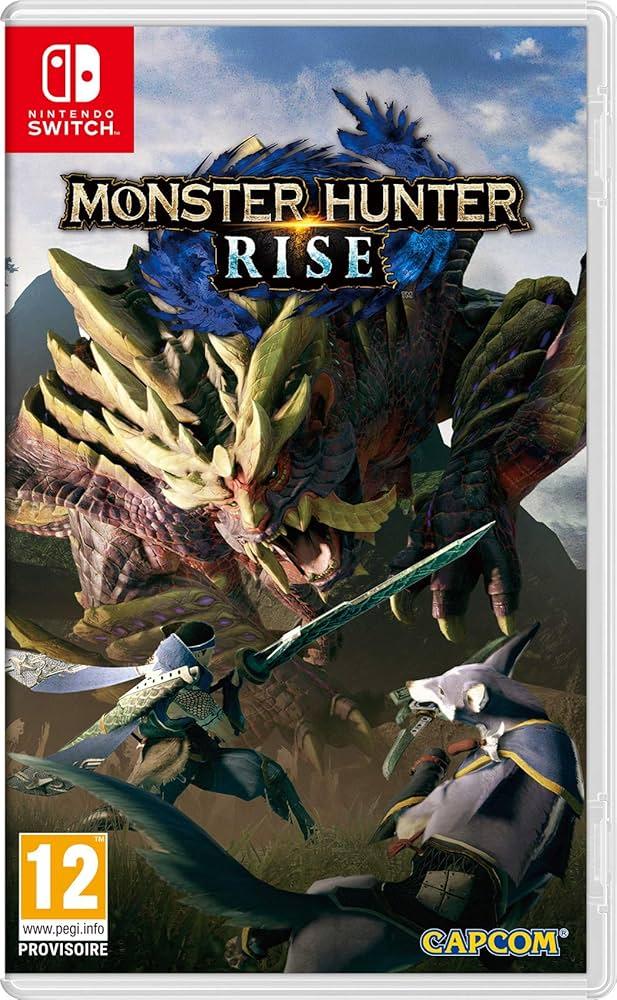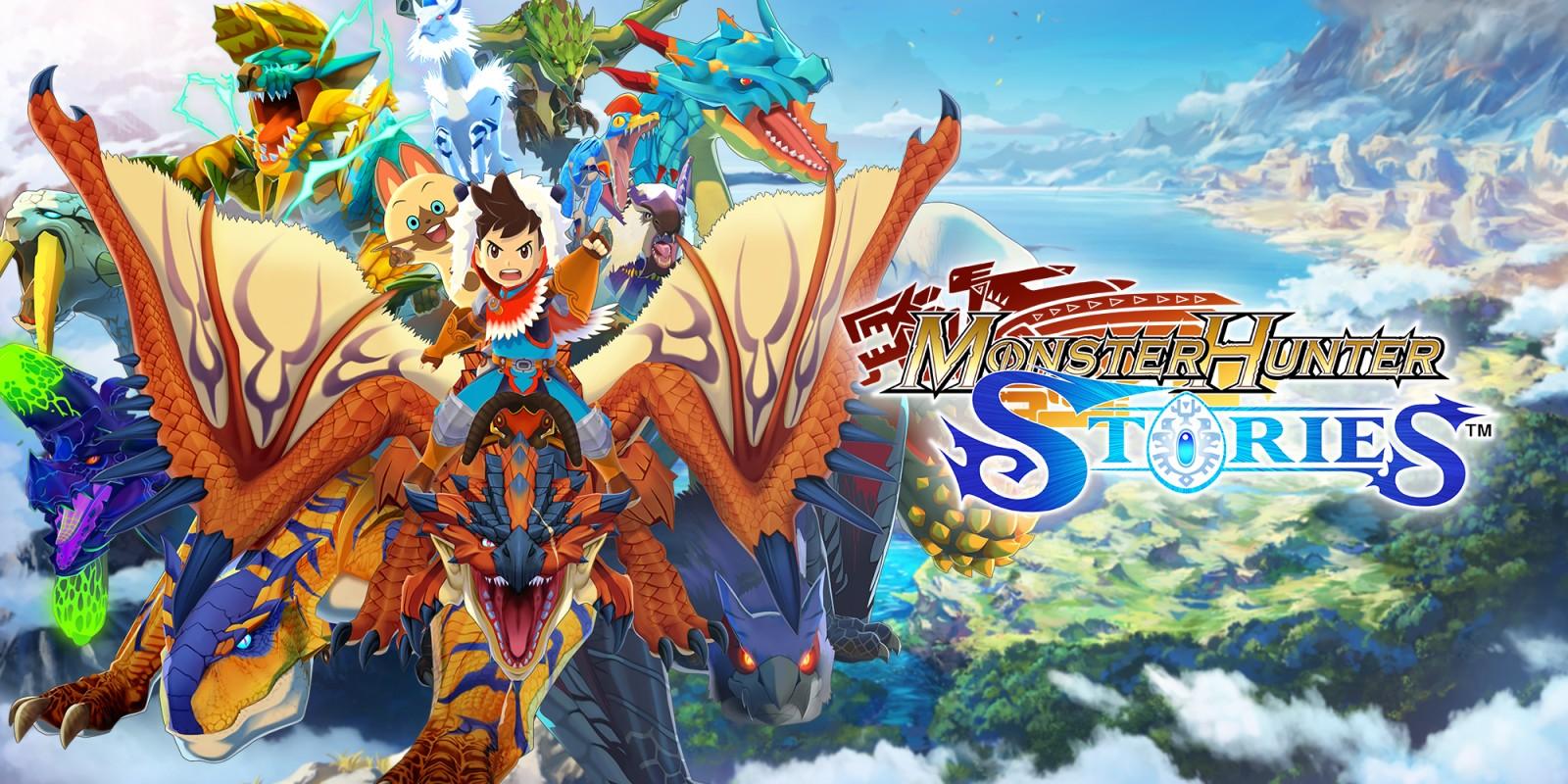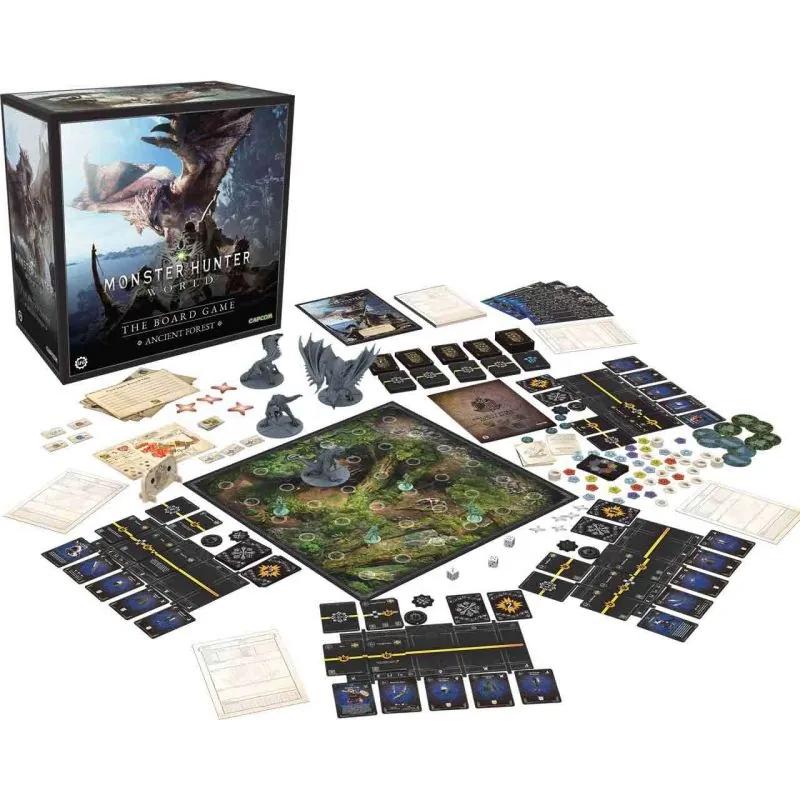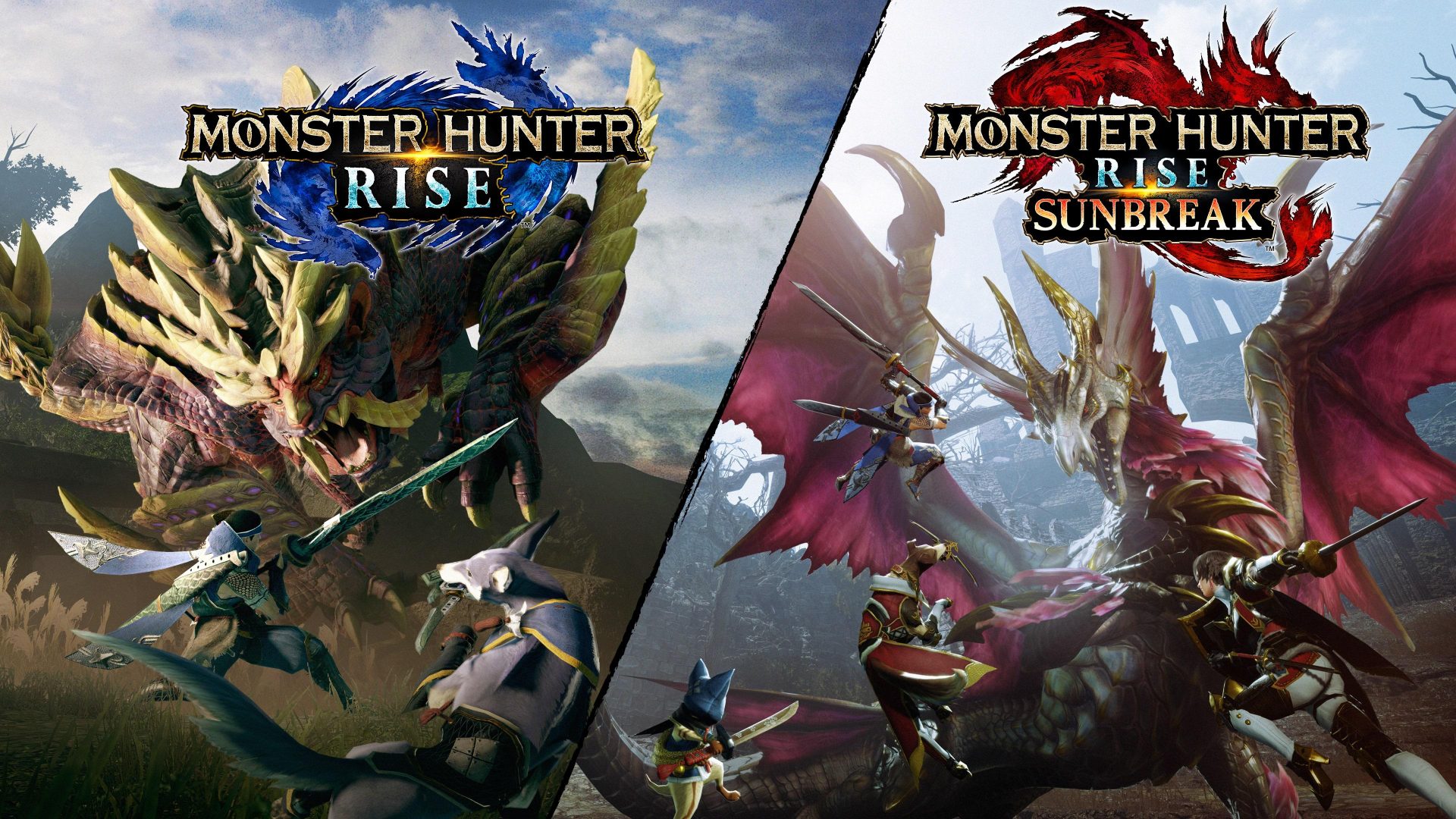Understanding the Evolution of Monster Hunter Games
The Monster Hunter franchise has undergone meaningful change since its inception in 2004, adapting to both technological advances and player feedback. Each installment has introduced innovative gameplay mechanics and expansive worlds that reflect the evolving tastes of the gaming community. The series began with a focus on cooperative multiplayer experiences, where hunting formidable creatures required teamwork and strategic planning. Features such as customizable armor sets and diverse weapon types allowed players to tailor their gameplay, encouraging a sense of individuality within a collaborative environment. The introduction of aid items like potions and traps added depth, fostering an atmosphere of survival and preparation.
As the series progressed,later titles expanded the horizon of gameplay possibilities. Notable entries introduced layered armor systems and quality of life improvements, enhancing player engagement without sacrificing the franchiseS core ethos. The advent of Monster Hunter World marked a turning point, as it brought the series to mainstream popularity, thanks in part to its stunning graphics and more accessible gameplay mechanics. This iteration also emphasized fluid movement and environmental interaction, allowing players to engage with the monsters in more dynamic ways. Similarly, the subsequent releases, such as Monster Hunter Rise, have continued to innovate with new mechanics like the Wirebug, translating into a seamless blend of exploration and combat. Collectively, these advancements reflect a series that honors its roots while continuously striving to redefine the hunting experience for both new and veteran players alike.

Essential Gameplay Mechanics That Shape Your Experience
In the world of Monster Hunter, core gameplay mechanics are pivotal in defining the player’s journey, creating a layered and engaging hunting experience. Hunting Strategies take center stage as players must adapt their approaches based on the unique behaviors and weaknesses of different monsters. Whether employing stealth to initiate a surprise attack or coordinating with fellow hunters for a more frontal offensive, strategy shapes encounters and outcomes. Furthermore, the game’s intricate crafting system allows for personalization of weapons and armor, making each hunt not onyl a test of skills but also a reflection of individual play styles.
another key aspect is the quest system, which offers a mix of solo and multiplayer experiences, encouraging players to tackle missions collaboratively or independently. players can choose from a variety of quest types, including timed hunts and gathering missions, each with its own set of challenges and rewards. Additionally, the integration of environmental interactions adds depth to gameplay; utilizing areas of the map for cover or to trap monsters can turn the tide in intense battles. These interconnected mechanics create a rich tapestry of gameplay, inviting hunters to immerse themselves fully in the thrill of the hunt.

Recommended Starting Points for New Players
For newcomers to the franchise, diving into the Monster Hunter universe can be both thrilling and daunting.To ease the transition, consider starting with the latest entries, which offer modern mechanics and quality-of-life improvements that make gameplay smoother and more accessible. Monster Hunter: World is often recommended as a perfect entry point, as it introduces new hunters to the game’s core mechanics while providing a vibrant world filled with breathtaking environments and engaging monsters. Moreover, the expansive iceborne expansion adds layers of depth that enrich the experience even further.
If you’d like to explore earlier titles, Monster Hunter Generations Ultimate for the Nintendo Switch serves as a fantastic choice, showcasing a variety of weapons and playstyles, which is perfect for experimenting with different roles in a hunting party. Additionally, it features a wealth of content to keep players engaged. Remember that each game may have its own unique mechanics, so taking the time to learn the basics and refine your skills through practice is essential. Embrace the challenge,and you’ll soon find yourself immersed in the exhilarating world of monster hunting.

mastering the Unique Challenges of Each Title
In the realm of Monster Hunter, each title presents its own set of challenges that require distinct strategies and playstyles. Whether you’re tracking down elusive apex predators or battling the monstrous Elder Dragons, players must adapt to the mechanics unique to each game. For instance, Monster Hunter: World revolutionized the series with its open-world exploration and enhanced player mobility, making environmental manipulation a crucial element of battle. In contrast, earlier titles like Monster Hunter freedom Unite emphasized static zones and precise positioning, necessitating a more methodical approach to monster engagement.
Moreover, the progression systems differ from game to game, influencing how hunters can develop their skills and equipment. In Monster Hunter Generations, the introduction of Styles and Arts adds layers of customization, enabling players to tailor combat capabilities to their preferences. This contrasts sharply with the more straightforward progression in Monster Hunter 4 Ultimate, where emphasis is placed on the mastery of weapon types and their respective movesets. Understanding these variances is vital not just for solo players but also for those looking to collaborate in multiplayer settings,as team dynamics often hinge on the combined knowledge of each title’s nuanced mechanics.
